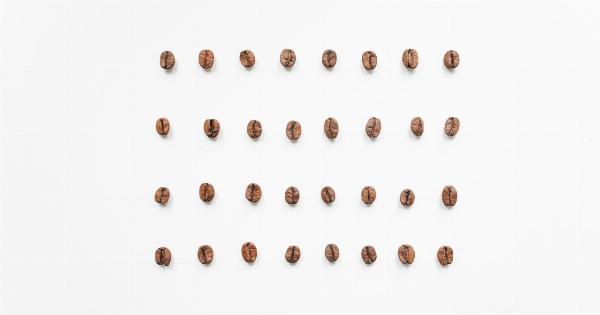Have you ever noticed someone’s face turn bright red after a few sips of alcohol? You may have wondered why some people turn red when they drink alcohol. The phenomenon is well-known, but not everyone understands why it happens.
In this article, we’ll explore the science behind alcohol flush reaction, why some people experience it, and what it means for your health.
What is Alcohol Flush Reaction?
Alcohol flush reaction, also known as Asian flush syndrome or Asian glow, is a condition that affects people who have trouble breaking down alcohol in their bodies.
This condition is most common in people of Asian descent, although it can also affect people of other ethnicities. When people with alcohol flush reaction drink alcohol, they experience a range of symptoms, including:.
- Blushing or reddening of the face, ears, neck, and chest area
- Increased heart rate
- Headache
- Nausea
- Dizziness
- Difficulty breathing
- Extreme alcohol sensitivity
What Causes Alcohol Flush Reaction?
Alcohol flush reaction is caused by an enzyme deficiency. When we drink alcohol, our bodies break it down into acetaldehyde, a toxic substance that can cause a range of side effects, including vomiting, headaches, and even cancer.
Normally, our bodies have a specific enzyme, called aldehyde dehydrogenase (ALDH), that quickly breaks down acetaldehyde into harmless byproducts. However, people with alcohol flush reaction have a mutation in the gene that makes ALDH, which means their bodies don’t produce enough of it.
As a result, they are unable to quickly break down acetaldehyde, leading to the symptoms of alcohol flush reaction.
Why is Alcohol Flush Reaction More Common in Asian People?
Alcohol flush reaction is most common in people of Asian descent, but why is this the case? The reason lies in the genetics of ALDH. There are two main types of ALDH gene, ALDH2*1 and ALDH2*2.
ALDH2*1 is the normal gene, and it produces plenty of ALDH, which breaks down acetaldehyde efficiently. However, ALDH2*2 is a mutation of the gene that makes a faulty version of ALDH. As a result, people with ALDH2*2 produce much less ALDH than people with the normal version of the gene.
The mutation that causes ALDH2*2 is more common in people of East Asian descent than in other ethnic groups. Studies have shown that up to 50% of people of East Asian descent may carry the mutation.
This means that a large proportion of people of East Asian descent are at risk of experiencing alcohol flush reaction when they drink alcohol.
Is Alcohol Flush Reaction Harmful?
While alcohol flush reaction can be uncomfortable and embarrassing, it is generally not harmful on its own. However, it is a sign that your body is having trouble breaking down alcohol, which can have long-term health implications.
Acetaldehyde, the toxic substance that builds up in your body when you have alcohol flush reaction, is a known carcinogen. This means that repeated exposure to acetaldehyde can increase your risk of developing cancer, particularly in the digestive tract.
Since people with alcohol flush reaction have a reduced ability to break down acetaldehyde, they may be at higher risk of developing alcohol-related health problems, including liver disease and certain types of cancer.
It is important for people with alcohol flush reaction to be aware of their increased risk and to moderate their alcohol consumption accordingly.
Can You Prevent Alcohol Flush Reaction?
Unfortunately, there is no cure for alcohol flush reaction, as it is caused by a genetic mutation. However, there are some steps you can take to reduce your symptoms when you drink alcohol. Here are some tips:.
- Avoid drinking alcohol on an empty stomach, as this can increase your symptoms
- Drink slowly and pace yourself to avoid getting drunk quickly
- Choose low-alcohol drinks, such as beer or wine, rather than high-proof spirits
- Avoid sugary or fizzy drinks, as these can exacerbate your symptoms
- Stay hydrated by drinking plenty of water between alcoholic drinks
Conclusion
Alcohol flush reaction is a common phenomenon that affects many people around the world. While it can be embarrassing and uncomfortable, it is generally not harmful on its own.
However, it is a sign that your body is having trouble breaking down alcohol, which can have long-term health implications. If you experience alcohol flush reaction, it’s important to moderate your alcohol consumption and be aware of your increased risk of alcohol-related health problems.





























